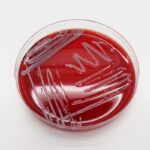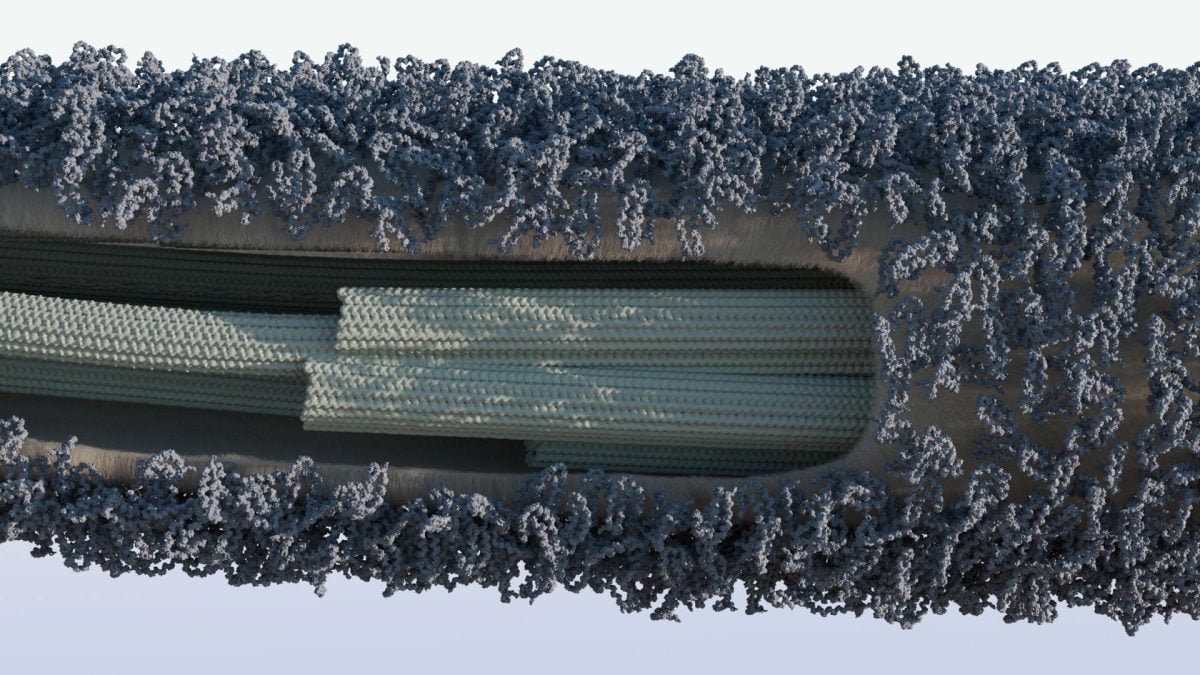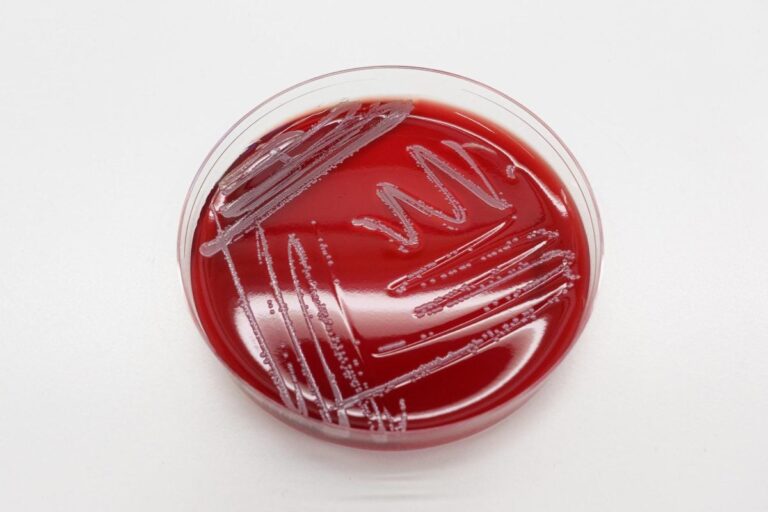In a groundbreaking study, biologists have unveiled the intricate mechanisms behind the sugar-coated shield that enables cells to glide smoothly through their environment. This discovery could have far-reaching implications for understanding cell movement in both healthy and diseased states, including cancer metastasis and immune responses.
The Role of Glycocalyx in Cell Mobility
At the heart of this study lies the glycocalyx, a dense layer of sugar molecules coating the surface of cells. This sugar shield plays a crucial role in cell mobility, acting as a lubricant that reduces friction and facilitates movement. Researchers have long suspected that the glycocalyx is more than just a protective barrier, but the precise mechanisms behind its role in cell motility have remained elusive—until now.
Decoding the Sugar Shield
Using advanced imaging techniques and molecular analysis, scientists have been able to map out how specific sugar molecules contribute to cellular gliding. They discovered that variations in sugar composition directly affect the adhesiveness and slipperiness of the cell surface. Cells with a denser sugar coating exhibited enhanced mobility, whereas those with a sparse glycocalyx faced increased friction and slower movement.
Implications for Medicine and Research
The findings could have significant implications for medical research. For instance, cancer cells often exploit this sugar shield to migrate and spread throughout the body, leading to metastasis. By targeting specific sugar structures within the glycocalyx, researchers may develop new therapeutic strategies to slow down or prevent cancer progression.
Furthermore, the study sheds light on how immune cells navigate through tissues to combat infections, providing insights that could enhance treatments for inflammatory diseases and autoimmune conditions.
Future Directions
Scientists are now exploring ways to manipulate the glycocalyx to control cell movement. Potential applications include designing drugs that alter sugar composition to either enhance or inhibit cell migration, depending on the medical need. Ongoing research aims to refine these techniques and explore their potential in regenerative medicine, cancer treatment, and immunotherapy.
Conclusion
This breakthrough in understanding the sugar shield’s role in cell movement marks a significant step forward in cellular biology. As scientists continue to decode the complexities of the glycocalyx, their findings may pave the way for innovative treatments and a deeper understanding of life at the microscopic level.
Here’s an article on “Biologists Decode the Sugar Shield That Lets Cells Glide.” Let me know if you need any changes or additional details!

















+ There are no comments
Add yours